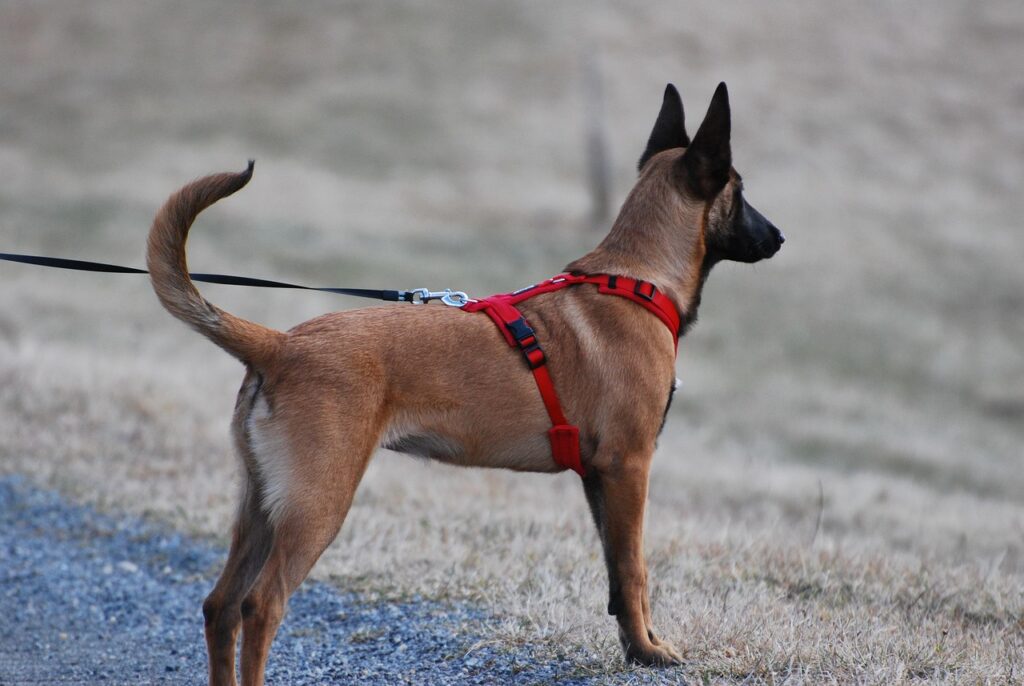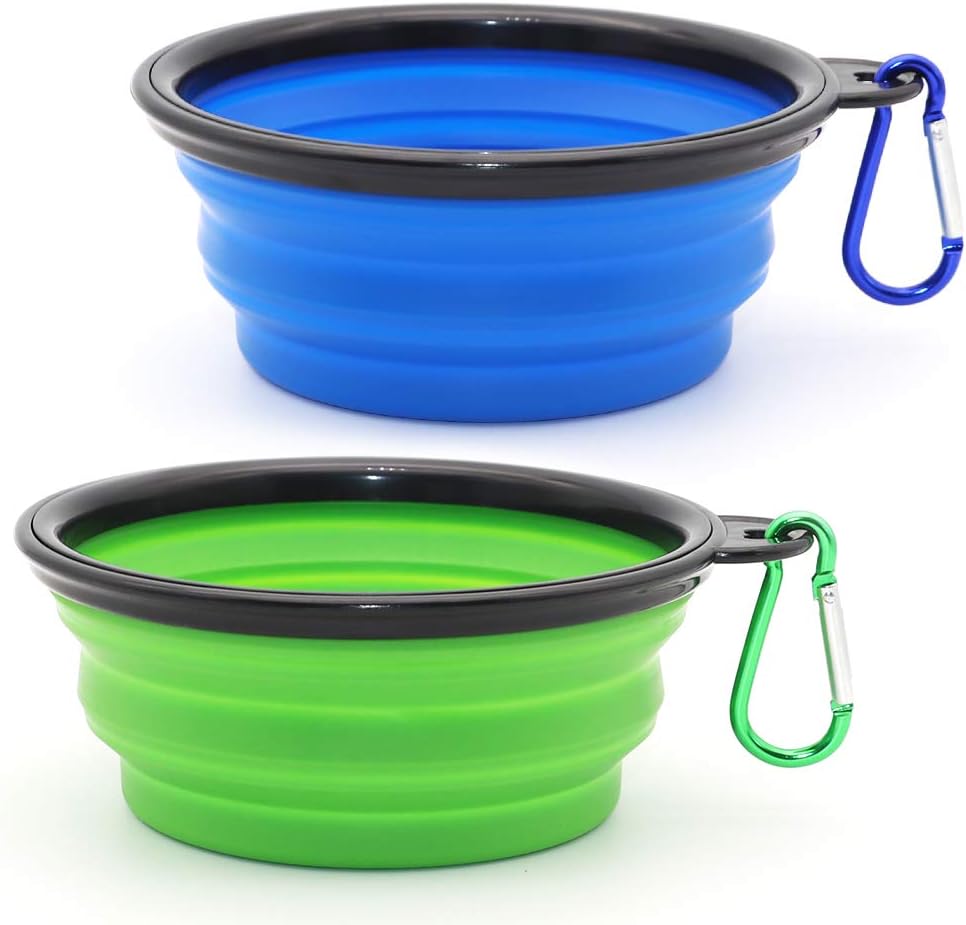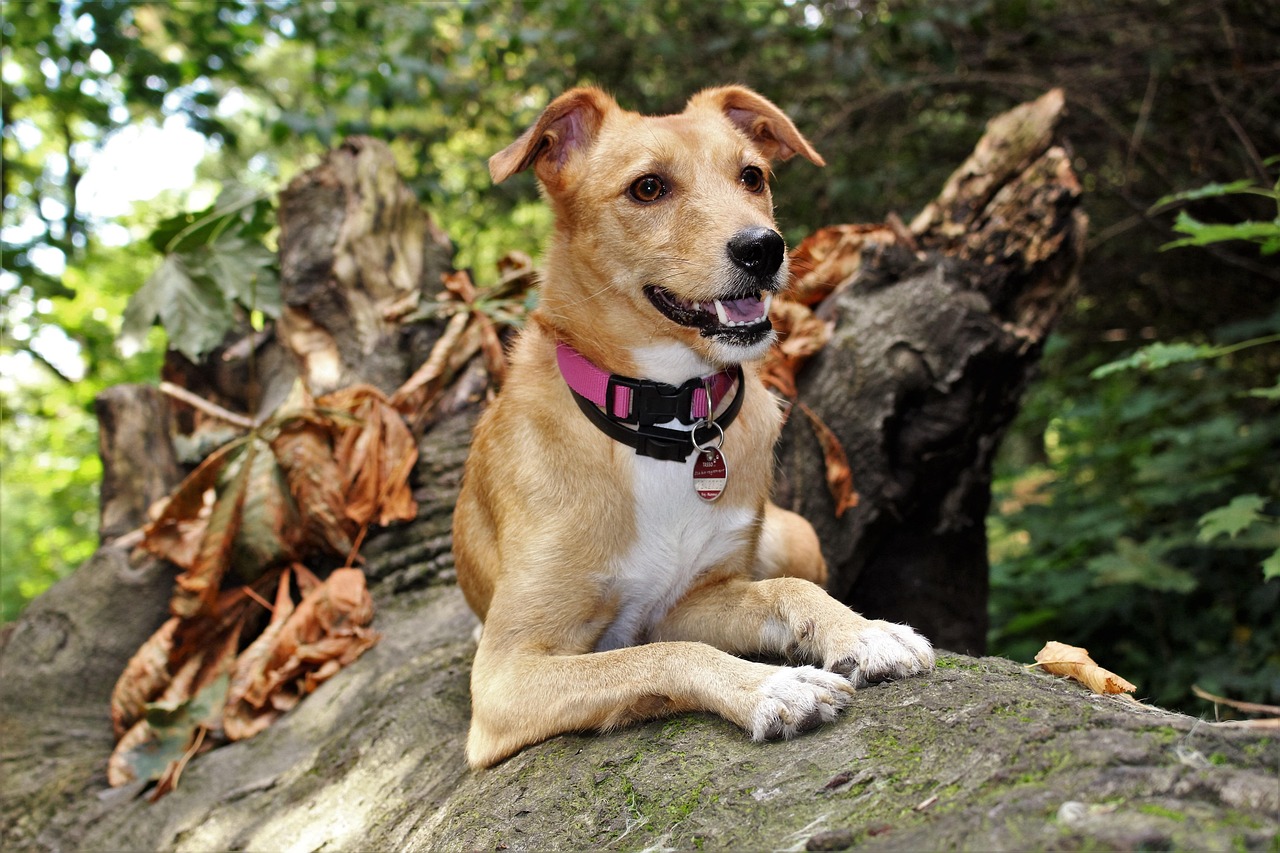Most dogs love a good walk. It’s very much an enrichment activity for them. The endless smells are a source of much-needed mental stimulation, and the physical activity is great exercise. Many dogs will also serve as a sort of early warning system for danger.
Maybe the best part of the deal is that the dog probably has nothing else scheduled for the day, so they’re always willing to drop everything and hit the trail.
Get Your Dog Trail Ready
If you’re looking to add your favorite four-legged companion to your hike, there are a few things you’ll want to get squared away first.
Advertisement — Continue Reading Below
Training
Your dog needs to listen to you and obey basic commands. This is for their own safety, as well as the safety of others you may come across in your travels. At an absolute minimum, they should know come, sit, and stay.
If you’re unsure how to best train your dog, there are a number of great videos on YouTube. Signing up for an obedience class is also an option. Check with your local humane society as well as your veterinarian for recommendations.

Advertisement — Continue Reading Below
The dog should be accustomed to walking on a leash, as this is a requirement in many parks and nature areas. Be sure to check the rules for where you’ll be hiking, as some places even restrict the length of the leash to six or eight feet. It can take some time to train the animal not to pull against the leash as you walk.
At the same time, you should let them have some slack so they can explore a bit, provided it’s safe for them to do so. We’ve found a harness works better than just a collar.
They make special backpacks for dogs, which can be great for longer treks. You have to consider the dog’s physical condition, age, and strength to decide whether this is a viable option. If you decide to invest in one, the dog will need a fair amount of training to get used to carrying any weight. The pack should be snug but not so tight that it restricts their ability to breathe. Start with the pack empty and slowly add weight over time until the dog is used to it.
Advertisement — Continue Reading Below
Check With Your Vet
Before you start taking Fido with you on hikes, it pays to visit the vet and have a full check-up done. Make sure they’re up to date on all of their immunizations. Let the vet know where you’re headed, as they might have specific recommendations for shots you might not have considered. Pick up anti-tick meds, too.

The vet will take a look at the animal’s feet, legs, and hips to check for any mobility issues. They’ll also listen to the heart and lungs to ensure those are working properly.
Advertisement — Continue Reading Below
If your dog isn’t already microchipped, consider having this done. It can be very helpful in reuniting you with your animal if you become separated and the dog is found by someone.
While you’re at the vet, ask them about any specific first aid items they might recommend you bring on your hike for your dog. We typically have a small first aid kit with us when we’re going on long hikes or multi-day trips.
Gear and Supplies to Bring
Just like people, dogs need water. Dehydration is a very real danger. Signs of doggie dehydration include excessive panting, slowed movement, and a dry nose and mouth. Every time you take a break, provide water for your dog to drink.
Advertisement — Continue Reading Below
A collapsible water dish is lightweight and easy to pack. We routinely bring a water bottle specifically for the dogs. Whatever they don’t drink in the disk gets poured back into the bottle rather than tossed on the ground.

Stop by the dollar store and pick up a few rolls of poop bags. Keep one roll in your pocket and another roll in the dog’s pack if they have one. Pack the full bags out just like you would any other trash or garbage. If, for some reason, you don’t have bags with you, at the very least, take a stick and push the feces well off the trail.
Advertisement — Continue Reading Below
Add a tick removal tool to your pack. You might find a pet comb or brush handy as well. When you get home, give the animal a good once-over to check for ticks, burrs, and other things they may have picked up along the walk.

With just a little training and preparation, you and your dog will have a blast exploring new trails.
Advertisement — Continue Reading Below















